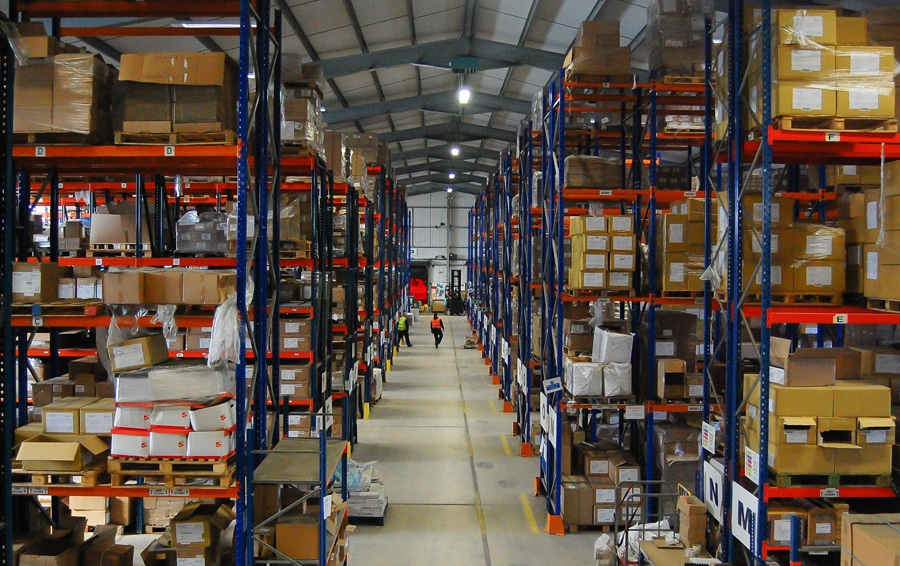While online shopping has boomed during the pandemic so too has the amount of goods bought over the internet that are sent back to the retailer.
In the online clothing retail sector growth in returns is apparently being driven in part by a surge in dubious online shopper behaviour such as ‘wardrobing’ (garments are returned after being worn once) and the somewhat bizarre activity of ‘staging,’ which involves consumers photographing themselves wearing their new items and posting the images on social media before sending the goods back!
Of course, internet clothes shoppers have always happily ordered multiple sizes of a garment to try on at home and whatever one’s personal view might be of trends such as ‘wardrobing’ and ‘staging’, there is no doubt that consumers buy more clothing from online retailers that make the returns process easier.
Indeed, countless surveys have highlighted that It is common for shoppers to review an online retailer’s returns policy before making a purchase and, if choosing between different sellers, consumers will usually pick the retailer that appears to offer the quickest and most straightforward returns policy. In fact, according to FedEx, 34 per cent of consumers cite lack of free returns shipping as a top reason for abandoning their shopping cart.
The problem for e-sellers is that while a trusted returns policy encourages shoppers to press the ‘Buy Now’ button, the process of transporting goods back from the consumer to the business is costly. And with around one-third of online purchases returned – compared to less than 10 per cent of goods bought from bricks-and-mortar stores – it is clear that online sellers need to have efficient reverse logistics processes in place to protect their profits.
The pandemic has only added to the cost of processing returns with the introduction of a new set of safety protocols that can include quarantining or the need to disinfect some items, helping to ramp up overheads.
Simply not offering free returns could help if it wasn’t such a huge influence on consumer behaviour and while some sellers might be tempted to make an effort to reduce returns volume by making the returns process less straightforward, there are few brands or retailers who’d risk introducing significant changes to their returns policy.
So the reality is a smooth reverse logistics process is only likely to become more important to digital retailers and their customers. And with consumers willing to return the smallest purchases – a pair of socks that was bought online for six pence is the cheapest single item to be sent back, apparently – retailers who fail to ensure that they have networks in place to process inventory as it comes back to the business risk being at a significant commercial disadvantage.
Third party logistics services companies (3PLs) can offer a range of reverse logistics functions to help. A logistics company should be capable of devising and operating a cost-effective, yet highly efficient model that delivers a win-win scenario for both the digital seller and the consumer.
But, it is essential that retailers choose a logistics partner that can demonstrate a track record of delivering the same kind of efficiency when it comes to processing returns as they do when getting new orders out of the door.
At Walker Logistics we like to ‘personalise’ each customer’s returns operation to deliver a bespoke service. This might involve something as simple as running a quality control check to identify items of clothing that are fit for re-sale or running diagnostic tests on electronic equipment and, if necessary, undertaking repairs or modifications within our dedicated re-work facilities to allow the product to be sold again.
With returns only likely to increase in volume and value more companies will find them harder to manage. But with the support of an efficient and professional logistics partner, returns should hold no fear for digital traders.






